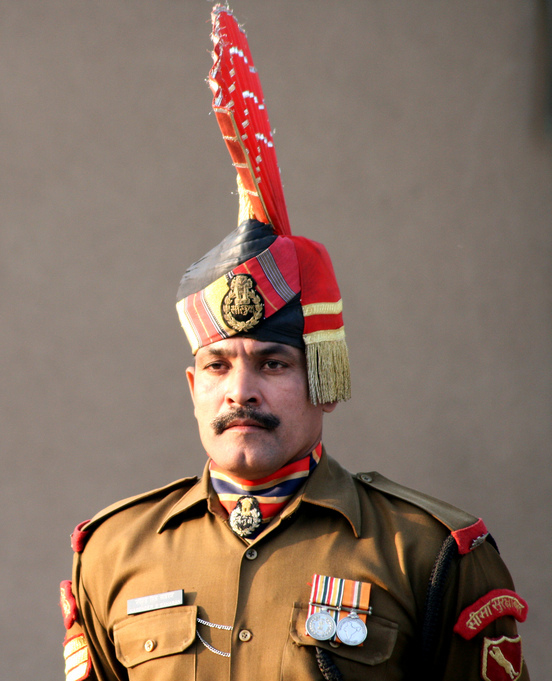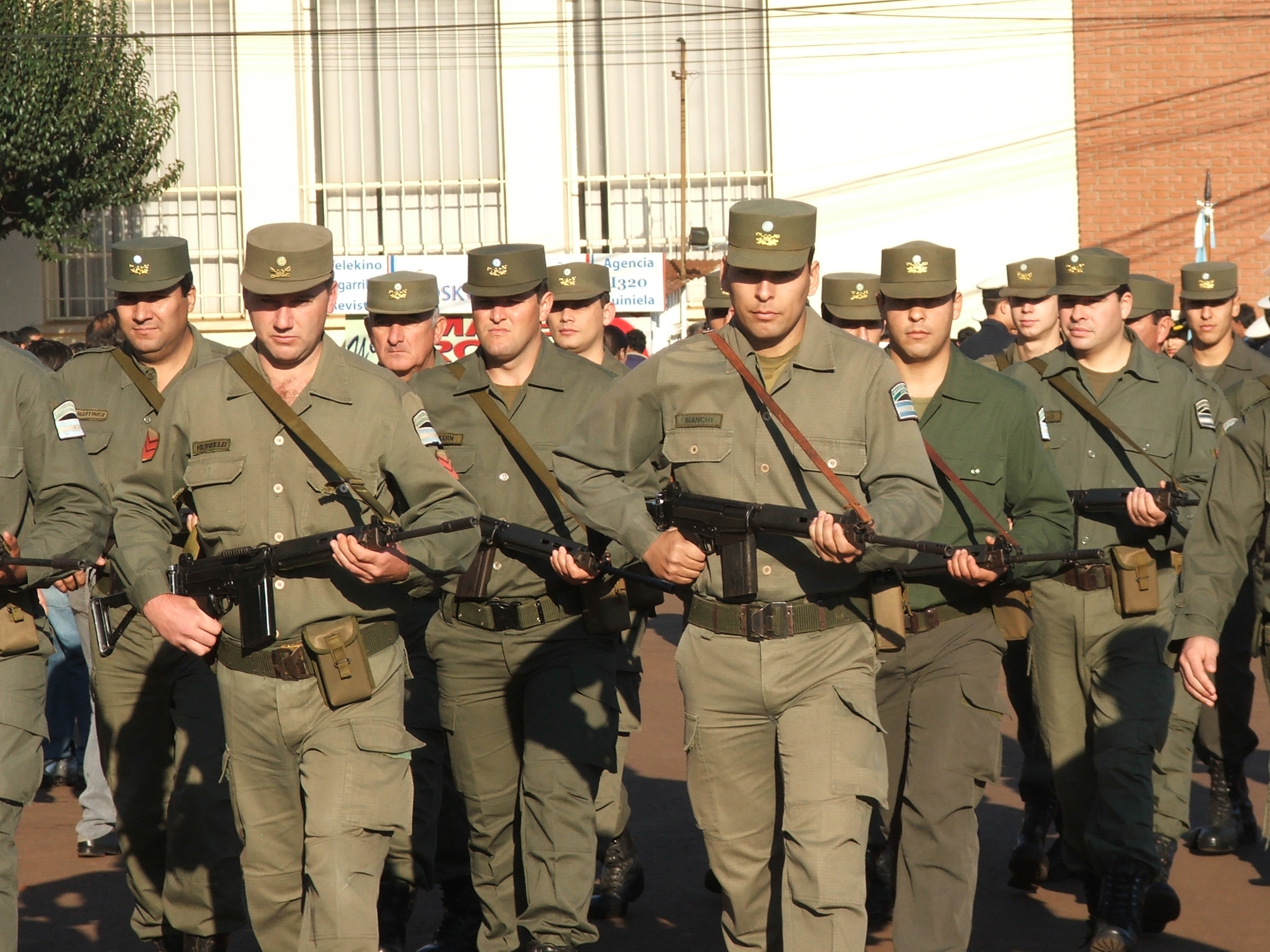|
Beechcraft Queen Air
The Beechcraft Queen Air is a twin-engined light aircraft produced by Beechcraft in several versions from 1960 to 1978. Based upon the Twin Bonanza, with which it shared key components such as wings, engines, and tail surfaces, but featuring a larger fuselage, it served as the basis for the highly successful King Air series of turboprop aircraft. It is often used as a private aircraft, a utility, or a small commuter airliner. Production ran for 17 years. Design and development The company's Twin Bonanza was reaching the limits of development so Beechcraft decided to develop a design with a larger fuselage and new tail which it designated the Beech 65. Early in development the United States Army which had been a customer of the Twin Bonanza (which it called the L-23 Seminole), ordered 68 aircraft under the designation L-23F. The prototype Beech 65 first flew on August 28, 1958. The Queen Air is a twin-engined nine-seat low-wing cantilever cabin monoplane with a retractable l ... [...More Info...] [...Related Items...] OR: [Wikipedia] [Google] [Baidu] |
WikiProject Aircraft
A WikiProject, or Wikiproject, is a Wikimedia movement affinity group for contributors with shared goals. WikiProjects are prevalent within the largest wiki, Wikipedia, and exist to varying degrees within sister projects such as Wiktionary, Wikiquote, Wikidata, and Wikisource. They also exist in different languages, and translation of articles is a form of their collaboration. During the COVID-19 pandemic, CBS News noted the role of Wikipedia's WikiProject Medicine in maintaining the accuracy of articles related to the disease. Another WikiProject that has drawn attention is WikiProject Women Scientists, which was profiled by '' Smithsonian'' for its efforts to improve coverage of women scientists which the profile noted had "helped increase the number of female scientists on Wikipedia from around 1,600 to over 5,000". On Wikipedia Some Wikipedia WikiProjects are substantial enough to engage in cooperative activities with outside organizations relevant to the field at issue. Fo ... [...More Info...] [...Related Items...] OR: [Wikipedia] [Google] [Baidu] |
Israeli Air Force
The Israeli Air Force (IAF; he, זְרוֹעַ הָאֲוִיר וְהֶחָלָל, Zroa HaAvir VeHahalal, tl, "Air and Space Arm", commonly known as , ''Kheil HaAvir'', "Air Corps") operates as the aerial warfare branch of the Israel Defense Forces. It was founded on May 28, 1948, shortly after the Israeli Declaration of Independence. , Aluf Tomer Bar has been serving as the Air Force commander. The Israeli Air Force was established using commandeered or donated civilian aircraft and obsolete and surplus World War II combat aircraft. Eventually, more aircraft were procured, including Boeing B-17s, Bristol Beaufighters, de Havilland Mosquitoes and P-51D Mustangs. The Israeli Air Force played an important part in Operation Kadesh, Israel's part in the 1956 Suez Crisis, dropping paratroopers at the Mitla Pass. On June 5, 1967, the first day of the Six-Day War, the Israeli Air Force performed Operation Focus, debilitating the opposing Arab air forces and attaining air ... [...More Info...] [...Related Items...] OR: [Wikipedia] [Google] [Baidu] |
Border Security Force
The Border Security Force (BSF) is India's border guarding organisation on its border with Pakistan and Bangladesh. It is one of the seven Central Armed Police Forces (CAPF) of India, and was raised in the wake of the 1965 war on 1 December 1965, "for ensuring the security of the borders of India and for matters connected there with". It has various active roles during an outbreak of war. It is the only CAPF to have a Water Wing, Air Wing and an Artillery Regiment. It comes under the Ministry of Home Affairs. The BSF has its own cadre of officers but its head, designated as a Director-General (DG), since its raising has been an officer from the Indian Police Service. The BSF has grown exponentially from 25 battalions in 1965, to 192 battalions with a sanctioned strength of 270,363 personnel including an expandinAir wing Marine wing, aartillery regiment and specialized units. It currently stands as the world's largest border guarding force. BSF has been termed as the ''First ... [...More Info...] [...Related Items...] OR: [Wikipedia] [Google] [Baidu] |
Ecuadorian Army
The Ecuadorian Army ( es, ''Ejército Ecuatoriano'', italic=unset) is the land component of the Ecuadorian Armed Forces. Its 160,500 soldiers are deployed in relation to its military doctrine. The contemporary Ecuadorian Army incorporates many jungle and special forces infantry units into its structure. Main objectives *To defend the national territory as part of a Joint Task Force. *To represent a strong military image as part of the Ecuadorian Armed Forces, national as well as international. *Take part in activities and support the development and co-operation in times of crisis. *Take part in Peacekeeping and international security operations. *To reach and maintain a high operational level within the Ground Forces. *To represent, implement an integrated institution, within the operational system. *To guarantee the disposition of prepared military personnel in order to accomplish all missions and assignments. *To dispose of an investigations and development element, with focus ... [...More Info...] [...Related Items...] OR: [Wikipedia] [Google] [Baidu] |
Armed Forces Of The Dominican Republic
The Armed Forces of the Dominican Republic ( es, Fuerzas Armadas de la República Dominicana) are the military forces of the Dominican Republic. They consist of approximately 56,000 active duty personnel. The president is the commander in chief of the Armed Forces of the Dominican Republic and the Ministry of Defense ( Spanish: Ministerio de Defensa de la República Dominicana) is the chief managing body of the armed forces. The primary missions of the Armed Forces of the Dominican Republic are to defend the nation and protect the territorial integrity of the country. The Armed Forces of Dominican Republic are the strongest army in the Caribbean after Cuba. The Army, with 28,750 active duty personnel, consists of six infantry brigades, an air cavalry squadron and a combat service support brigade. The Air Force operates two main bases, one in southern region near Santo Domingo and one in the northern region of the country, the air force operates approximately 40 aircraft including ... [...More Info...] [...Related Items...] OR: [Wikipedia] [Google] [Baidu] |
Colombian Air Force
, "We are the Force" , colours = , colours_label = , march = Colombian Air Force Hymn , mascot = Capitan Paz , anniversaries = 8 November , equipment = , equipment_label = , battles = * Colombia–Peru War * Colombian armed conflict , decorations = , battle_honours = , battle_honours_label = , flying_hours = , website = , commander1 = Major General Ramsés Rueda Rueda , commander1_label = Commander of the Air Force , commander2 = Major General Jorge Tadeo Borbon , commander2_label = Deputy Commander and Air Force Chief of Staff , commander3 = Major General Rodrigo Valencia Guevara , commander3_label = Inspector General , nota ... [...More Info...] [...Related Items...] OR: [Wikipedia] [Google] [Baidu] |
Argentine National Gendarmerie
The Argentine National Gendarmerie ( es, Gendarmería Nacional Argentina, GNA) is the national gendarmerie force and corps of border guards of the Argentine Republic. It has a strength of 70,000. The gendarmerie is primarily a frontier guard force but also fulfils other important roles. The force functions from what are today five regional headquarters at Campo de Mayo, Córdoba, Rosario, San Miguel de Tucumán and Bahía Blanca. Personnel and training Non-commissioned personnel of the gendarmerie are all volunteers and receive their training in the force's own comprehensive system of training institutions. Officers graduate after a three-year course at the National Gendarmerie Academy. Both officers and non-commissioned personnel have access to the specialist training establishments of the Army. History The gendarmerie was created in 1938 by the National Congress, and replaced the regiments of the Army which previously fulfilled the gendarmerie's missions. The gendarmerie was ... [...More Info...] [...Related Items...] OR: [Wikipedia] [Google] [Baidu] |
Argentine Naval Aviation
) Gulf War , anniversaries = , decorations = , battle_honours = , commander1 = President , commander1_label = Commander-in-Chief , commander2 = Admiral , commander2_label = Chief of Staff of the Navy , commander3 = Rear Admiral Eduardo Miguel Tourné , commander3_label = Chief of COAN , notable_commanders = , identification_symbol = , identification_symbol_label = Roundel , identification_symbol_2 = , identification_symbol_2_label = Former roundel , aircraft_attack = , aircraft_bomber = , aircraft_ Airborne Early Warning = , aircraft_fighter = , aircraft_interceptor = , aircraft_recon = , aircraft_patrol = , aircraft_trainer = , aircraft_transport = , website = The Argenti ... [...More Info...] [...Related Items...] OR: [Wikipedia] [Google] [Baidu] |
Argentine Army Aviation
The Argentine Army Aviation ( es, Comando de Aviación de Ejército, AvEj) is the army aviation branch of the Argentine Army. Their members have the same rank insignia and titles as the rest of the Army. Along with its primary role of supporting Army operations, the Army Aviation is highly involved in humanitarian aid missions, emergency relief, medical evacuations and forest firefighting. History Military aviation in Argentina traces back to the Paraguayan War when, on 8 July 1867, Staff Sergeant Roberto A. Chodasiewicz used an observation balloon during the battle of Humaitá. Since then, the army was the main driving force behind national aeronautical development. The use of enthusiastic students who relied on the selfless support of civil institutions and air clubs, saw the creation of the Military Aviation School at El Palomar in 1912. The establishment of the Army Aviation Service (in Spanish, ''Servicio de Aviación del Ejército'') saw a great expansion of Argentin ... [...More Info...] [...Related Items...] OR: [Wikipedia] [Google] [Baidu] |
Algerian Air Force
The Algerian Air Force (AAF) ( ar, القُوَّاتُ الجَوِّيَّةُ الجَزَائِرِيَّةُ, links=, lit=, translit=al-Quwwāt al-Ǧawwiyyah al-Ǧazāʾiriyyah, french: Forces aériennes algériennes, links=, lit=, translit=, label=) is the aerial arm of the Algerian People's National Army. History The Algerian Air Force was created to support the fight of the People's National Army against the French occupying forces. It came as part of the decisions of the Soummam congress held on August 20, 1956, which recommended a long-term plan to form a modern army. Before 1962 In 1957, six Algerians were sent for training to the Syrian Arab Air Force flight school at Nayrab near Aleppo. During this period, training also took place with the Egyptian and Iraqi air forces, as well as in the USSR and in China. During this period, the French army started the Challe and Morice lines used to isolate the ALN fighters inside the country and to stop supplies coming f ... [...More Info...] [...Related Items...] OR: [Wikipedia] [Google] [Baidu] |
Bemidji Airlines
Bemidji Airlines (Bemidji Aviation Services Inc) is an American airline based in Bemidji, Minnesota, USA. It operates domestic cargo flights, as well as extensive charter and air taxi services. Its main base is Bemidji Regional Airport, with hubs/bases at Minneapolis-Saint Paul International Airport, Denver International Airport, Sioux Falls Regional Airport, and Fargo. History The airline was established in 1946 and started operations in 1947 operating a single Noorduyn Norseman aircraft. From 1981 to 1991, the airline operated with scheduled service from Bemidji; Thief River Falls, Minnesota; Worthington, Minnesota; and Mankato, Minnesota, all to the Minneapolis–Saint Paul International Airport. In the mid-eighties, they expanded the business to include many regional cargo freight runs, and added many larger aircraft. Since 1991, primary activities have been small-feeder cargo services, passenger and cargo charters, and typical fixed-base operations at the Bemidji Airp ... [...More Info...] [...Related Items...] OR: [Wikipedia] [Google] [Baidu] |



